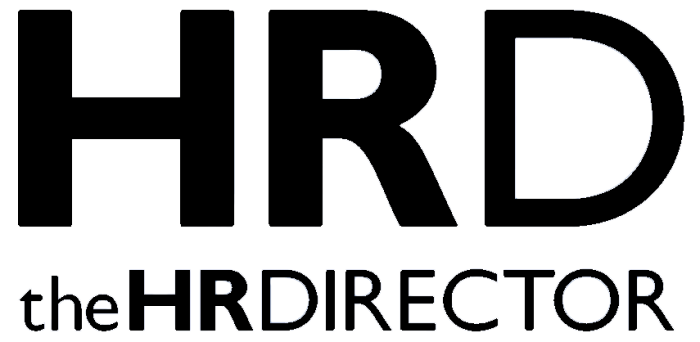Returning to work following a period of ill health is rarely a straightforward journey. For many, it marks a time of real anxiety, uncertainty, vulnerability, and doubt – not because they lack the will to work, but because they lack the right support to do so with confidence and certainty.
In the UK, over 8 million working-age adults1 report long-term health conditions that affect their ability to work, and around 300,000 people leave employment every year due to these conditions. They are almost three times less likely to return to work compared to their healthier peers.
Despite national focus on getting people back into the workforce, the employment gap between those with and without health conditions is growing. We must ask ourselves: what more can we do as employers, HR professionals, and business leaders to shift this trend?
The myth of “100% fit” and the return-to-work trap
A major barrier lies in the outdated belief that someone must be “100% well” before returning to work. This all-or-nothing thinking often leads to extended absences, repeated fit notes, and a growing sense of isolation for the employee. There is lots of evidence that good work is good for health and getting people back to work as soon as possible is key. Added to this, often work is part of the rehabilitation process and people may only be, at say, 60% well, upon their return to work.
Even when Occupational Health (OH) services are available, reports can be challenging to implement without expert support. If there is no OH support, often HR or line managers will advise the person to get a fit note and remain off work until they are 100% well. And so, the loop closes and perpetuates. Meanwhile, Employee Assistance Programmes (EAPs) are often too generic or “light touch” for employees managing cancer, long covid, mental health conditions, or other chronic illnesses.
This is where vocational rehabilitation (VR) coaching comes in. Not as a replacement, but as a crucial complement to existing benefits. Often support only starts when the employee goes on sick leave, but by implementing VR Coaching earlier, it can help manage periods of absence and prevent the employee going off sick in the first place.
What is vocational rehabilitation coaching?
Working To Wellbeing’s vocational rehabilitation coaching takes a personalised approach to supporting someone to remain in work or return to work after a period of absence. It includes a blend of clinical input, practical guidance, return-to-work planning, and collaboration with line managers and HR. It considers health recovery within a work context, which means it helps someone to consider how they are going to manage, for example, their fatigue at work. It always has a focus on work as a health outcome and seeing work as part of the rehabilitation journey, not the end of it. Beyond facilitating a return to work, vocational rehabilitation coaching equips people with tools and strategies to thrive and sustain long-term employment. An example of this would be supporting an employee to gradually increase their strength and stamina by discussing pacing techniques when at work. This could include practicing doubling the amount of time needed to create a complex piece of work or staggering meetings so pauses can be put in between meetings to ensure they are not back-to-back.
Our recent Window to the Workplace research found that:
- Only 43% of people who have, or have had, cancer were satisfied with return-to-work support.
- Just 36% were satisfied with mental health or wellbeing support – and this dropped to 25% for workers aged 55+.
- Yet nearly half (49%) of UK workers said they would stay longer with an employer who offered VR support.
Health behaviour change
Fear of cancer recurrence, fatigue, anxiety about performance, or the cognitive effects of treatment, are not “one-size-fits-all” challenges and require specialist support. Health behaviour change theory underpins the vocational rehabilitation coaching work that W2W clinicians deliver. They create tailored support, help people to manage their complex emotions, and support the development of practical strategies that make returning to work feel possible, not overwhelming.
Making change is hard and it helps to have someone helping you to make small incremental changes. An action plan on its own, e.g. via an app is surprisingly hard to implement.
Helping employers help their people
Vocational rehabilitation doesn’t just benefit employees, it supports HR and line managers, too.
Line managers are often heralded as key to a successful return to work, yet only 11% of employers offer them training to support colleagues with cancer, according to the Institute of Employment Studies. Training is a start, but it must be paired with ongoing support and coaching.
For HR professionals, VR offers structure and clarity in what are often complex, sensitive cases. It enables flexible, personalised approaches that move beyond generic policies or one-size-fits-all wellbeing approaches.
At present, only 4% of organisations have a cancer-specific policy in place, yet 45% say they need one. Embedding VR into policy is no longer a “nice to have”, it’s business-critical.
Four steps for HR leaders
- Review your benefits: Is vocational rehabilitation part of your offer? If not, it’s time to include it.
- Upskill your managers: Beyond basic training, are managers supported in real-time during the return-to-work process?
- Adapt your policies: Flexible, individualised remain-at-work plans are not just inclusive, they’re effective and enable sustained return to work and increased sense of value and productivity.
- Think retention, not just return: VR isn’t just about getting people back into work – it’s about keeping them there.
The opportunity ahead
The UK’s employment gap for people with health conditions is not inevitable, it’s a symptom of a system that hasn’t fully embraced the integration of health and work. With the right tools, the right mindset, and the right support, we can close that gap.
Work can, and should, be part of the recovery process. Let’s stop expecting people to leap back to work unaided, and instead, build bridges they can walk across with confidence.







